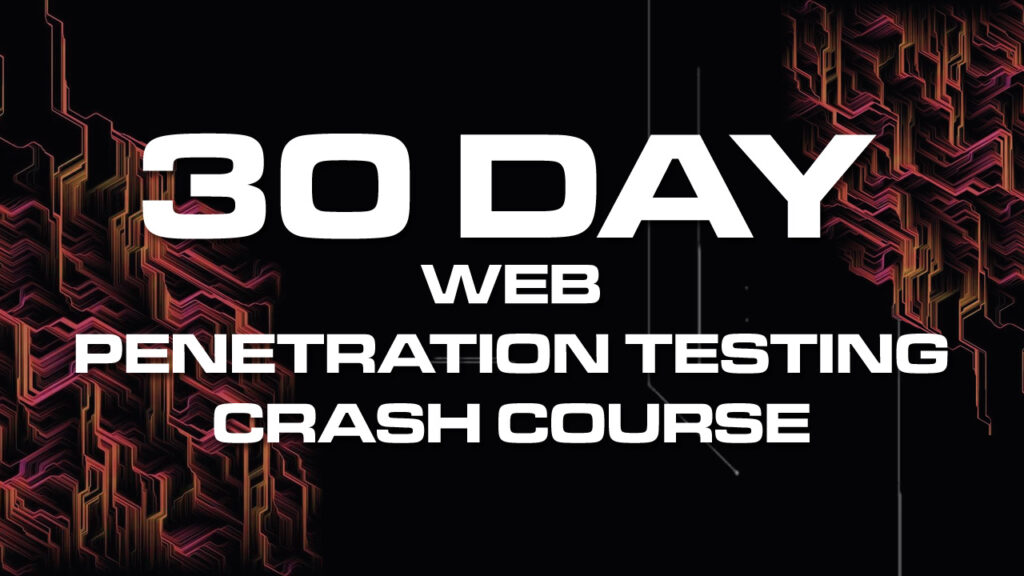-
Day 0:
-
DAY 1: What is Web Penetration Testing
-
DAY 2: WEB PROXY (Burp)
-
DAY 3: Overview of HTTP
-
DAY 4: Headers
-
DAY 5: Web Application Architecture
-
DAY 6: Reflected Cross Site Scripting (XSS)
-
DAY 7: Stored XSS and DOM-Based XSS
-
DAY 8: Cross-Origin Resource Sharing (CORS)
-
DAY 9: Session Management
-
DAY 10: Content Discovery
-
DAY 11: Authentication and Authorization
-
DAY 12: Insecure Direct Object Reference (IDOR
-
DAY 13: Carriage Return Line Feed (CRLF) Injection
-
DAY 14: SQL Injection Basics
-
DAY 15: Automated SQL Injection (SQLi) attacks
-
DAY 16: Template Injection
-
DAY 17: Other Injections
-
DAY 18: Insecure Deserialization
-
DAY 19: Local and Remote File Inclusion (LFI/RFI)
-
DAY 20: Path Traversal Attacks
-
DAY 21: Insecure File Upload
-
DAY 22: Attacking Content Security Policy (CSP)
-
DAY 23: Server-Side Request Forgery (SSRF)
-
DAY 24: Open Redirection and Acting on Behalf of an Application
-
DAY 25: Attacking APIs
-
DAY 26: XML External Entity (XXE) Attacks
-
DAY 27: JSON Web Tokens (JWT)
-
DAY 28: How to Report Vulnerabilities
-
DAY 29: How to Improve Your Skills
-
DAY 30: Summary and Case Study











